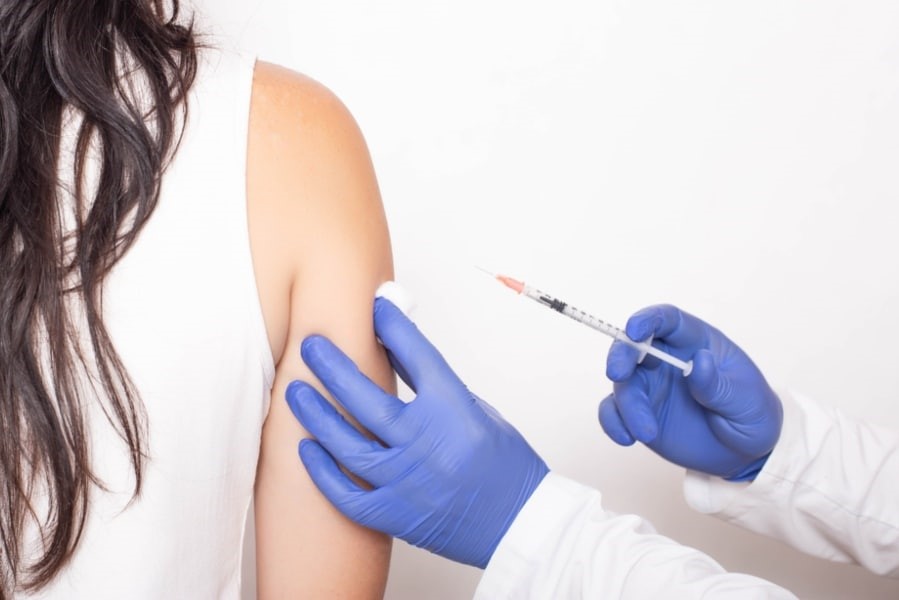
Specific Immunotherapy: what it is and what it is used for
The principles on which the practice of Specific Immunotherapy (ITS) is based were born out of empiricism, but have been scientifically validated over the last twenty years
The treatment is based on the administration of extracts of the compounds that cause the allergic reaction, starting with very low doses and working up to the maximum doses that can be tolerated.
The aim is to induce immunological tolerance, i.e. to recondition the body’s complex cellular and serological defence mechanisms to correct abnormal reactions to one or more specific allergens.
All our lives have a history of gradual tolerance to the environment around us: Specific Immunotherapy repeats this process in a small and targeted way.
What Specific Immunotherapy consists of
As with other controlled therapeutic procedures (chemotherapy, hormone therapy), ITS is carried out in cycles and with the necessary surveillance for risks of adverse effects. The procedures adopted are based on international guidelines and consensus documents, but each treatment is customised according to the type of allergy and the individual.
The individual is taken into direct care for this purpose.
The proposal to start ITS (Specific Immunotherapy) in cycles and the choice of the appropriate allergen vaccine are the responsibility of the physician
Today it is possible to use various types of Injectable (subcutaneous), oral (sublingual), and inhalation (endonasal) vaccines, with different effect characteristics.
ITS commits the patient, doctor and hospital to a joint programme for years (three to six generally).
The results are:
- the reduction of nasal and ocular disorders by at least 70%;
- the halting of the evolution of allergic asthma
- in several cases the radical alleviation of personal allergic sensitisation.
When and why Specific Immunotherapy is used
In the current state of knowledge, it is possible to put the main respiratory allergies to pollen, house dust, cat and Alternaria mould into specific immunotherapy.
In addition (and it is a life-saving therapy) it is used in cases of allergy to wasp, hornet and bee venom.
Read Also:
Emergency Live Even More…Live: Download The New Free App Of Your Newspaper For IOS And Android
Anaesthesia And Allergic Reactions: Factors To Take Into Account
Contact Dermatitis: Can A Nickel Allergy Be The Cause?
Does The Recovery Position In First Aid Actually Work?
Insect Bites And Animal Bites: Treating And Recognising Signs And Symptoms In The Patient
What To Do In Case Of A Snakebite? Tips Of Prevention And Treatment
Wasps, Bees, Horseflies And Jellyfish: What To Do If You Get Stung Or Bitten?
Adverse Drug Reactions: What They Are And How To Manage Adverse Effects
Symptoms And Remedies Of Allergic Rhinitis
Allergic Conjunctivitis: Causes, Symptoms And Prevention
What Is And How To Read The Allergy Patch Test
Allergies: New Drugs And Personalised Treatment
Allergic Contact Dermatitis And Atopic Dermatitis: The Differences
Spring Arrives, Allergies Return: Tests For Diagnosis And Treatment
Symptoms And Foods To Avoid With Nickel Allergy
What Should Be In A Paediatric First Aid Kit
Wasp Sting And Anaphylactic Shock: What To Do Before The Ambulance Arrives?
Anaphylactic Shock: What It Is And How To Deal With It


